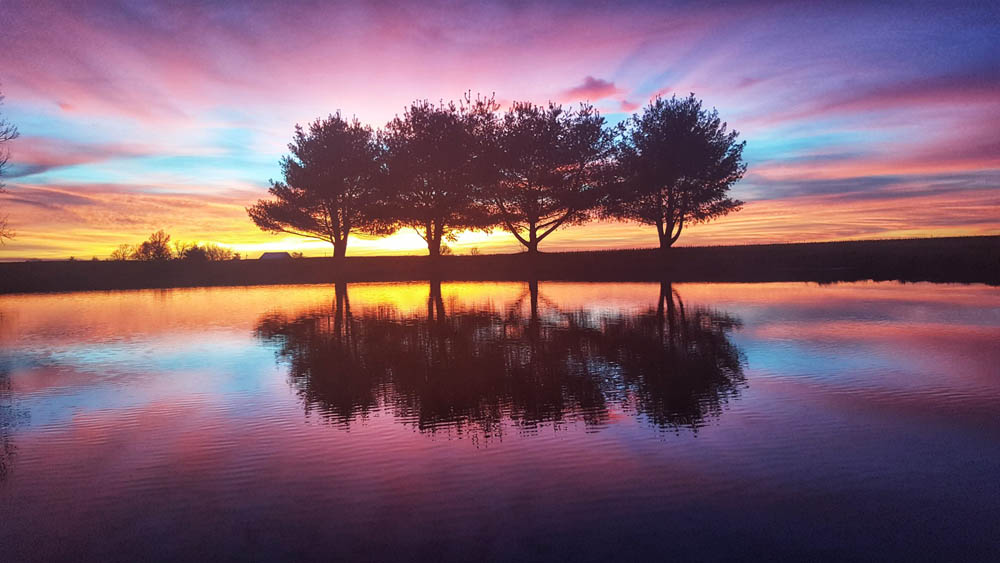Butterfly populations are decreasing each year due to environmental stresses like drought and loss of habitat. Do your part to save these colorful insects by making your backyard more inviting. Not only will you make your garden more beautiful, but you will be supporting biodiversity and pollination in your backyard. Just like us, butterflies need food, water and a safe, comfortable space.
The most important aspect in attracting butterflies is providing food. Butterflies need nectar-rich plants for nourishment and energy. Include a variety of plants that will bloom in succession from spring through fall. When planting for butterflies, plant multiples of a plant to grab their attention. Butterflies will visit any flower, but favor blue, purple and white flowers.
Some great perennial bloomers include smooth blue aster, phlox, bee balm, Joe-Pye weed, milkweed and prairie blazingstar. For a pop of color and consistent source of nectar, add annuals like sunflowers, salvia, lantana, zinnias and herbs. Avoid planting butterfly bush as it is not native to the U.S. and can become invasive in natural areas.
Experience the butterfly lifecycle by providing food sources for the larval stage. All butterflies have one special plant where they lay their eggs and the caterpillars eat the foliage. You will need to accept there will be some damage to plants from the caterpillars. Watch for the larva as many use camouflage to avoid being eaten. Common host plants are milkweed (monarch), parsley, dill, fennel (black swallowtail), echinacea, rudbeckia (silvery checkerspot) and aster (painted lady and pearl crescent).
Attracting butterflies to your garden isn’t all about having the best food. The surrounding habitat is important to consider.
Butterflies need water to survive but do not visit large stands of water to drink. They visit damp soil or mud, known as puddling. Create your own butterfly puddler with a shallow dish, sand, soil, water and flat stones. Fill the container with sand, level it off and create an indention in the center to collect water. Lightly sprinkle soil over the sand to provide nutrition. Add water to the container and place it in your garden among your plants. Replace the water in the container as needed. Flat stones can be placed on top of the sand for butterflies to land.
Feeders can be purchased at local garden centers and filled with homemade nectar and/or rotting fruit. Just be sure to change the nectar often so it stays fresh.
Other tips to create a welcoming habitat for butterflies:
- Butterflies need plenty of sunlight. Plant flowers in full sun locations.
- Place bird feeders and birdbaths far away from flowering plants. Birds eat caterpillars.
- Protect your garden from the wind with shrubs or fences. Have you ever seen a butterfly try to fly on a windy day?
- Eliminate pesticides near your garden and all flowering plants.
- Leave some leaf litter and plant debris in the fall for overwintering protection. Some butterflies migrate south but many stay in Illinois.
- Place large flat stones in the garden for a place for butterflies to bask in the sun.
Even if you don’t have a big backyard, start a mini butterfly garden on your patio or front porch in colorful containers.










